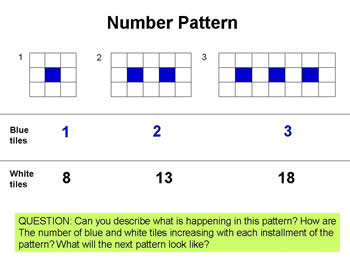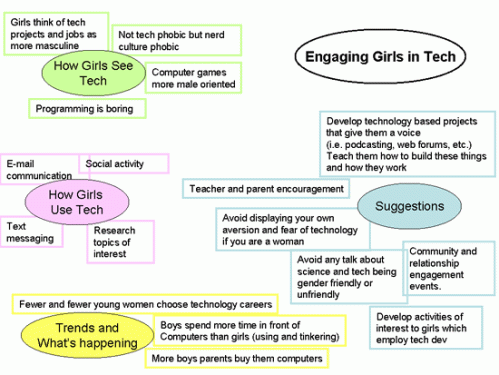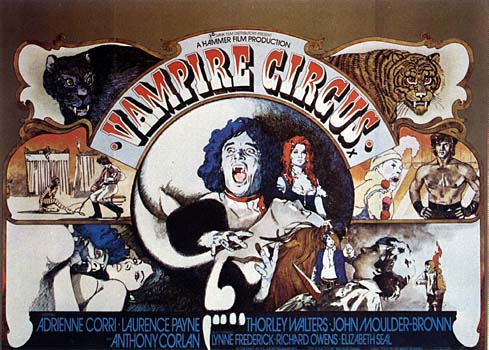Our relative view of the magic
Arthur C. Clarke’s third law states that “any sufficiently advanced technology is indistinguishable from magic.” Don’t you think someone born 300 years ago would think this is magic?
How about someone alive 30 years ago (including myself). Wouldn’t I think this is magic?
For nerdy little me… it’s this dream come true:
When I watched the films from this week’s resources: A Day Made of Glass & Productivity Vision of the Future, Clarke’s law repeated in my mind. Glass becomes a tool that people use to access information, view entertainment & learn. The other thing that struck me was how incredibly antiseptic & affluent both views of the future were.
As we are fixed in our time and reality, technology that is unfamiliar may seem like magic to us, but because we live in times where things are changing rapidly and imagining the future and it’s technology is a normal part of our culture. Thinking about my relative understanding of technology as magic got me to think about my own education and understanding of how things have developed even in my lifetime. I decided to create a timeline of my own education and compare it to the development of technology in that time. It’s in rainbow colors because I was a child of the 80’s.
So just by looking at this timeline that spans over forty years, claims made that technology pundits that technology is developing and advancing at a more rapid speed. The ways and tools that we can use to learn and whom we can learn with has expanded even in my lifetime.
Will Technology Replace Teachers?
Many science fiction depictions of both utopia & dystopia paint a view of the future in which humans have been replaced by technology. Similarly, I’ve seen this question come out of several discussions in the #edcmooc class: Will technology make the teacher obsolete? As is evidenced in numerous forum posts, tweets from students in this class. The act of making order out of the chaos of a learning experience with so many people and so many learning tools has required guidance, the human kind. If not from a facilitator, from the other students. We still need teachers and guides. Every learner is different and how the learn best is unique. Can we assume that technology will devise a mechanism, automaton or script functions like a combination Yoda & “Electric Grandmother.”
I think what’s more likely, is that learners are learning how to adapt to use the tools and technology for learning to their best advantage. We learn to use tools online that help us filter and use content. Here are a few tools, some of which were new to me before I took this course. But here’s the thing… no tool is perfect. Again, it’s all about diving in and finding out what works for you.
Twitter Feed → Tweetchat, TweetDeck, Paper.li
Content Curation (Bookmarks) → Scoop.it, Storify, PearlTrees – pearl trees provides a visual map of what you’re curating or sites your saving online.
Blogs → Quadblogging (to connect and reach your audience) edutopia article on
Stop Using the Classroom Metaphor to Describe the Online Learning Experience!
I know that metaphors are powerful in explaining and introducing the strange and foreign to the natives. But is it just me or am I the only one who’s tired of hearing this metaphor used to describe online learning. Perhaps my irritation and other’s indicate the obsolete nature of the metaphor. This bothers me just as much as my last boss insisting on using the logo below to indicate a phone contact for an audience of 20 somethings:
Here’s why we’re not in a classroom anymore:
- You might be sitting at a desk but not looking out a window wishing that the teacher would stop droning on and on
- You don’t have to have your attention fixed only on the teacher. In fact the other students can provide just as much information and knowledge as the teacher
- You’re not learning from a text book that has gum stuck to the cover or doodles from the previous owner anymore; texts and media are available online
I could go on…. but most importantly, when you’re learning online you expect to be able to share, re-mix, create content. Like these kids:













You must be logged in to post a comment.